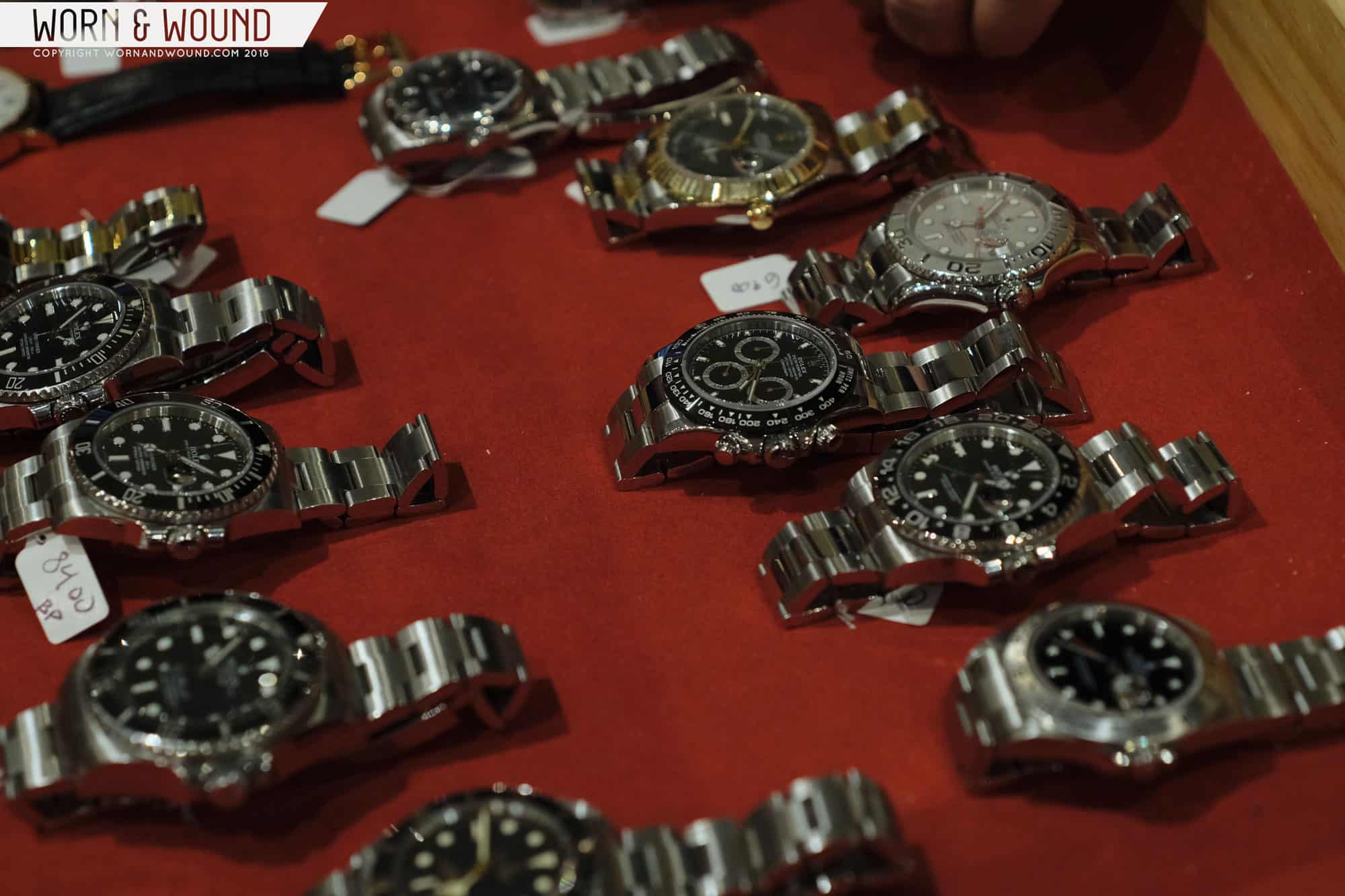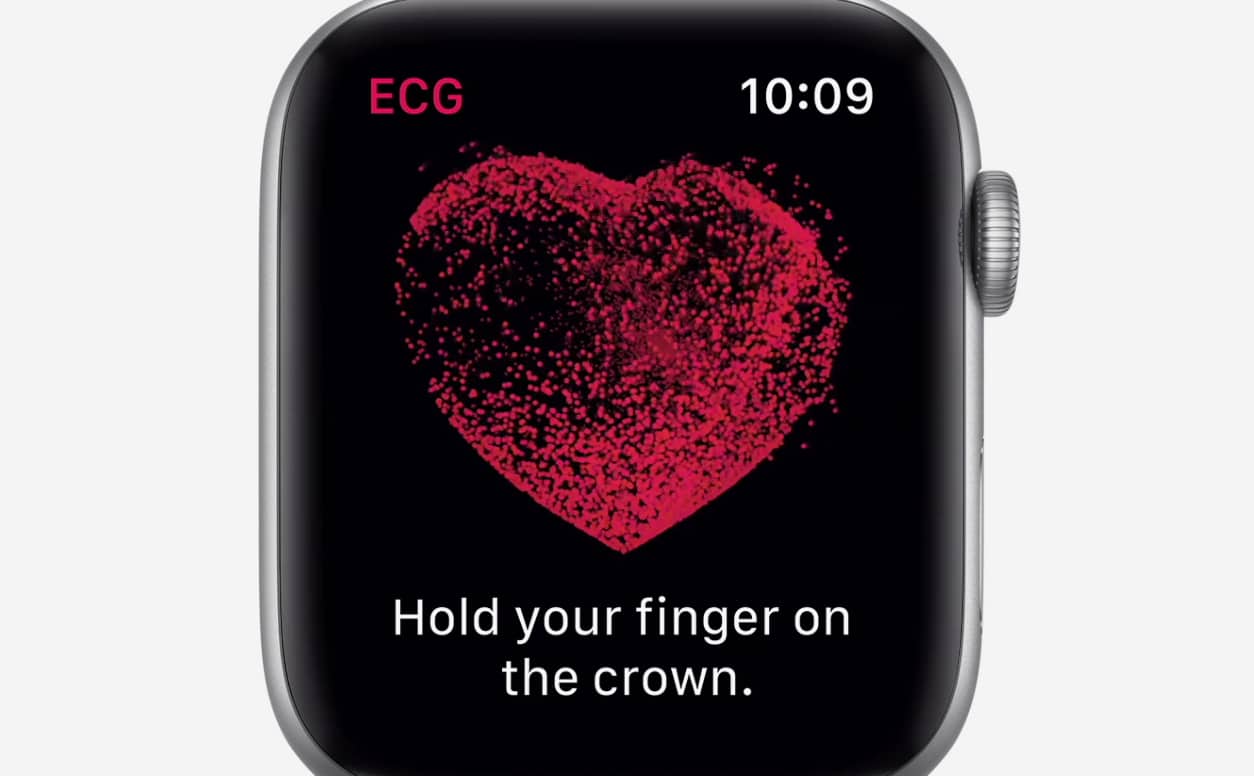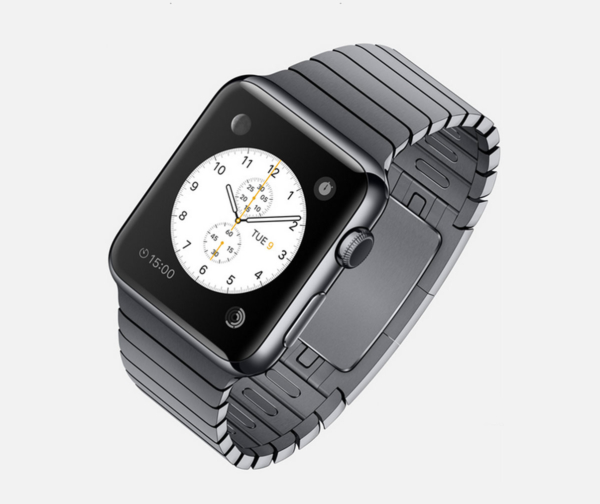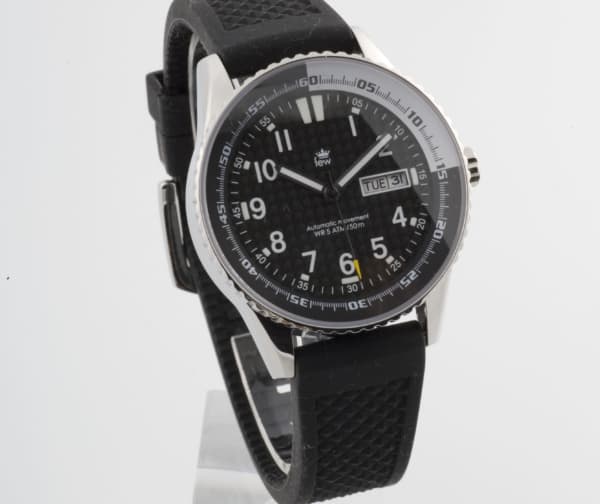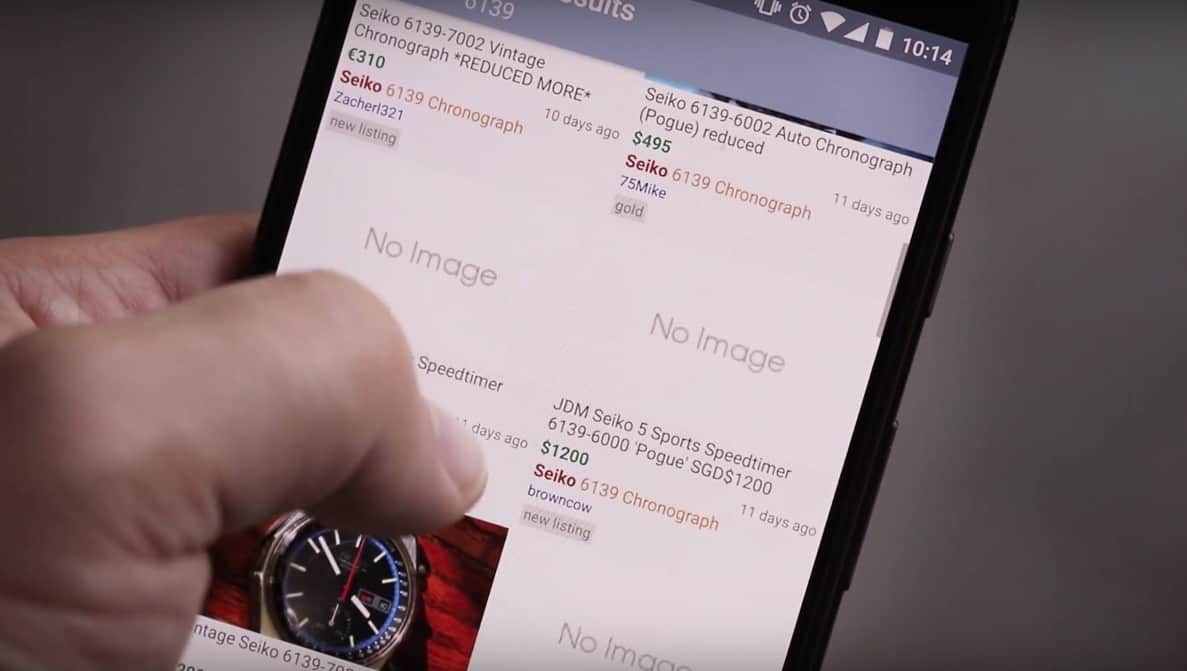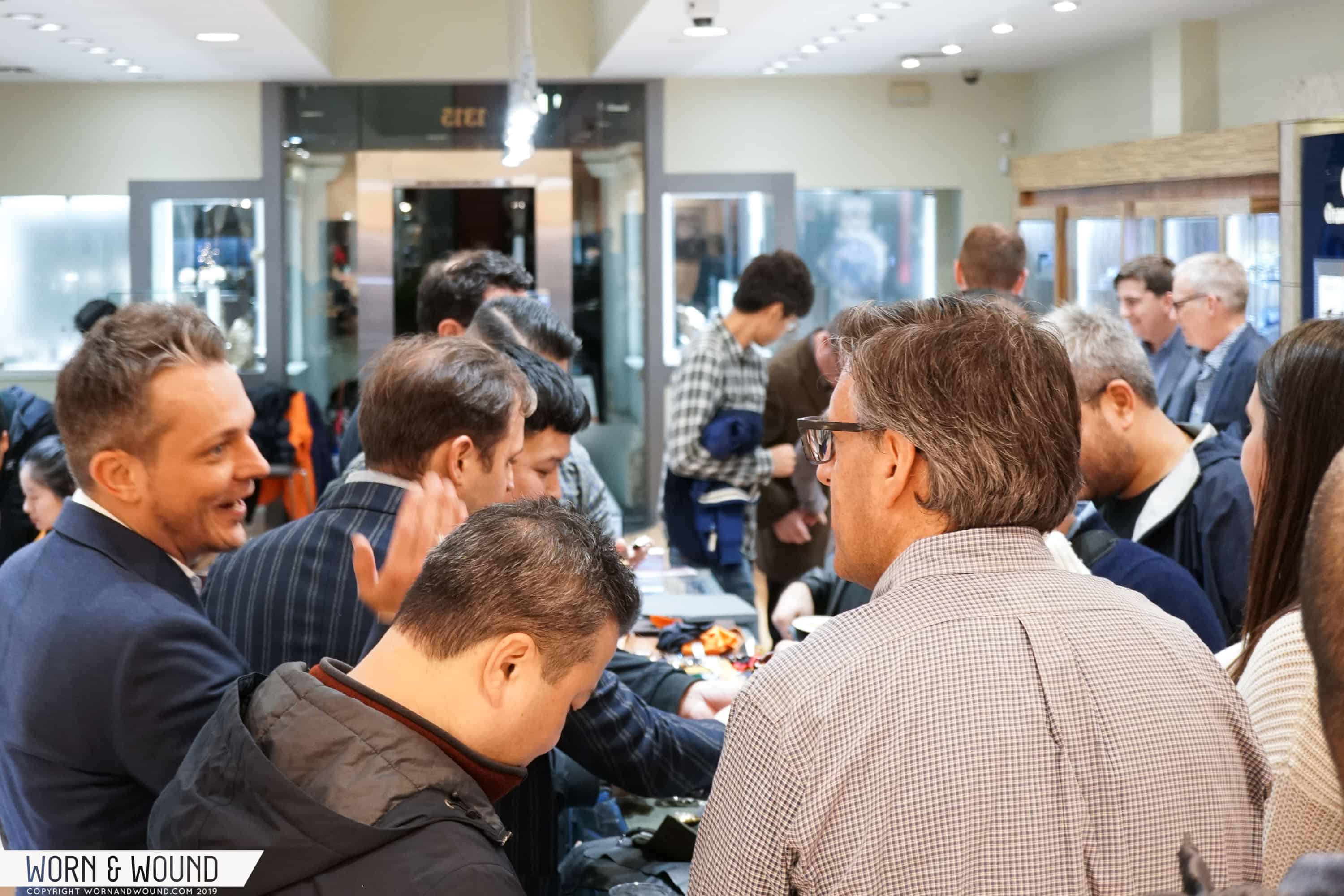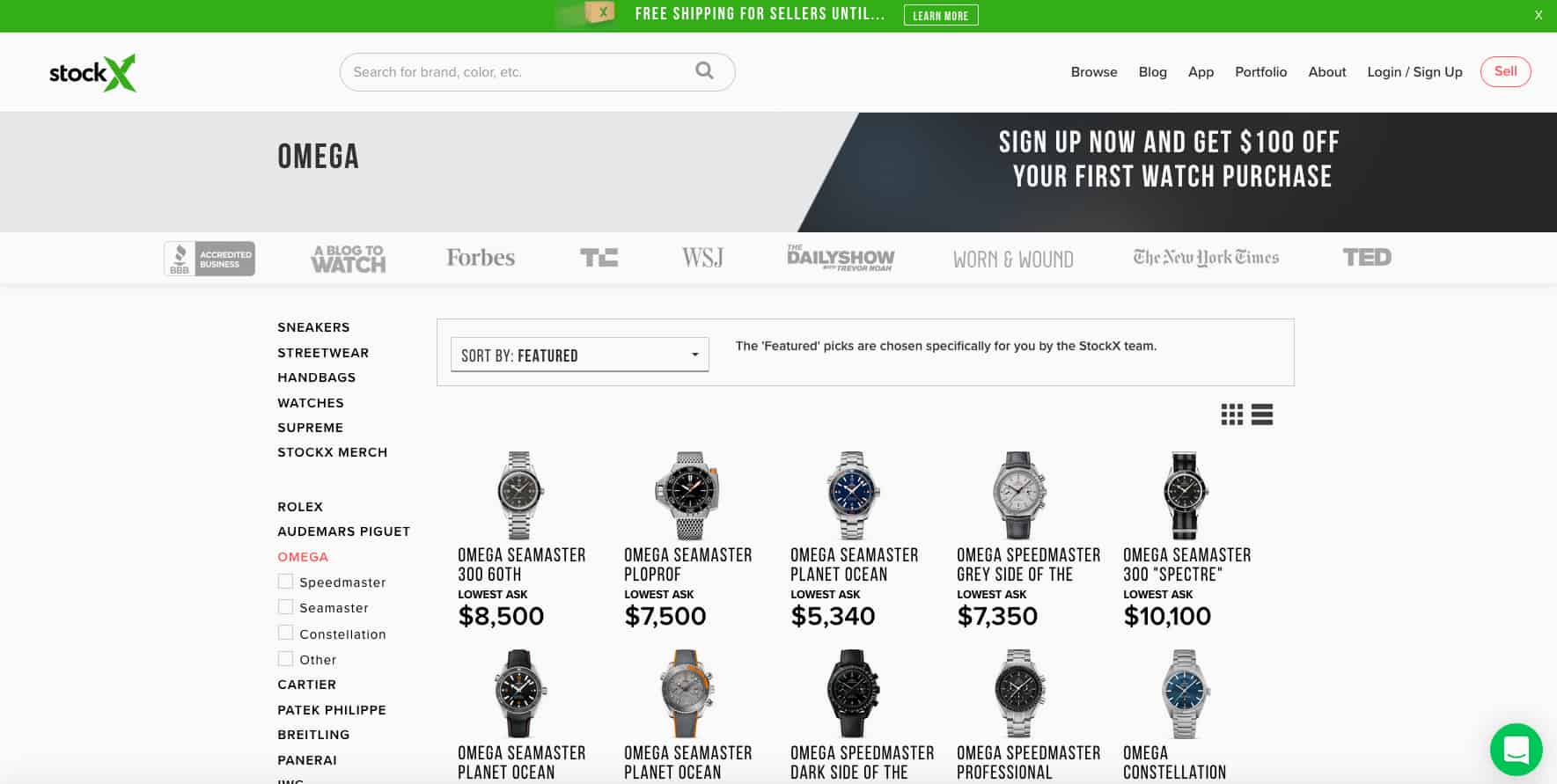With the second decade of the 21st century in the rearview mirror, the Worn & Wound editorial team thought now would be a great opportunity to take a look back at some of the key trends in the watch world over the last ten years. It was a period of great change in the industry, with social media becoming more critical seemingly by the week, and traditional points of sale in high end retail stores giving way to direct sales to consumers on the internet. And, of course, the micro-brand began to come of age, creating a vibrant culture around watches unlike anything the hobby has seen. In this two-part series, Zach Weiss, Ilya Ryvin, and Zach Kazan explore the last decade in watches, and how the last ten years may inform the next.
The Apple Watch, and How the Watch Industry Survived It
Zach Kazan
The 2010s were always meant to be the decade that brought an existential dread to the watch industry. While “smart” watches existed before the last decade, the rapid adoption of smartphones and a growing desire among all of us to be constantly connected to the internet and each other led many to speculate that connected wrist devices would spell the end of the traditional watch industry.
While the smartwatch story is still being written, it’s fair to say that things haven’t quite turned out that way.
The Apple Watch, by many measures, is the most popular watch of all time in terms of sheer volume, and it’s certainly the most talked and written about watch to come along at least since the Swatch craze. They can be seen everywhere, from the gym, to the red carpet of the Academy Awards, to the wrists of many, I’m quite sure, who read this site and others like it every single day. And yet, as ubiquitous as the Apple Watch has become, the watch industry still shows signs of strength. While the Apple Watch has basically destroyed the inexpensive quartz fashion watch segment of the market, higher price point segments have been largely unaffected. And the enthusiast culture, even around watches that are priced similarly to the Apple Watch, is strong, and seems to be getting stronger.
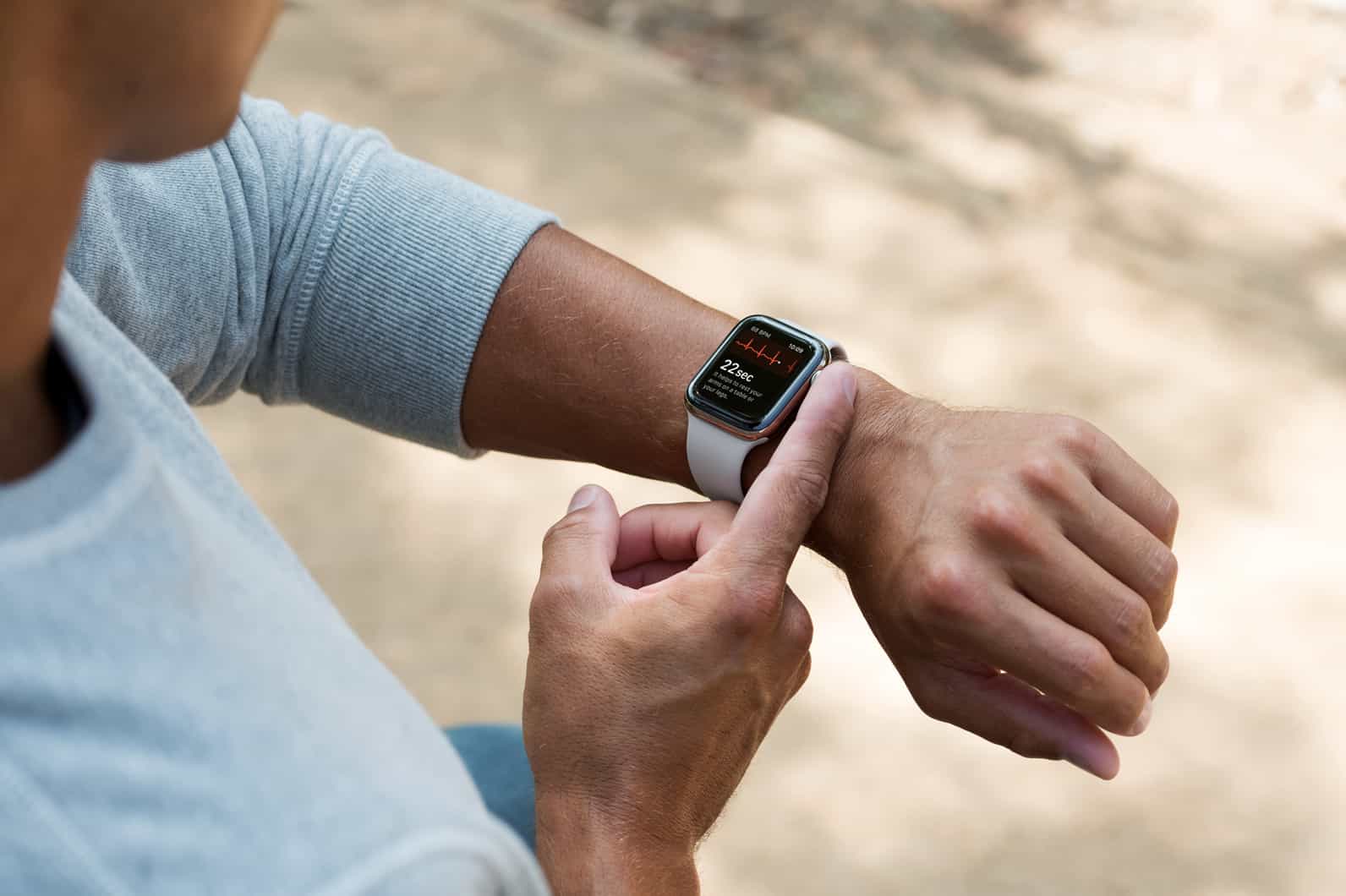









 Featured Videos
Featured Videos




